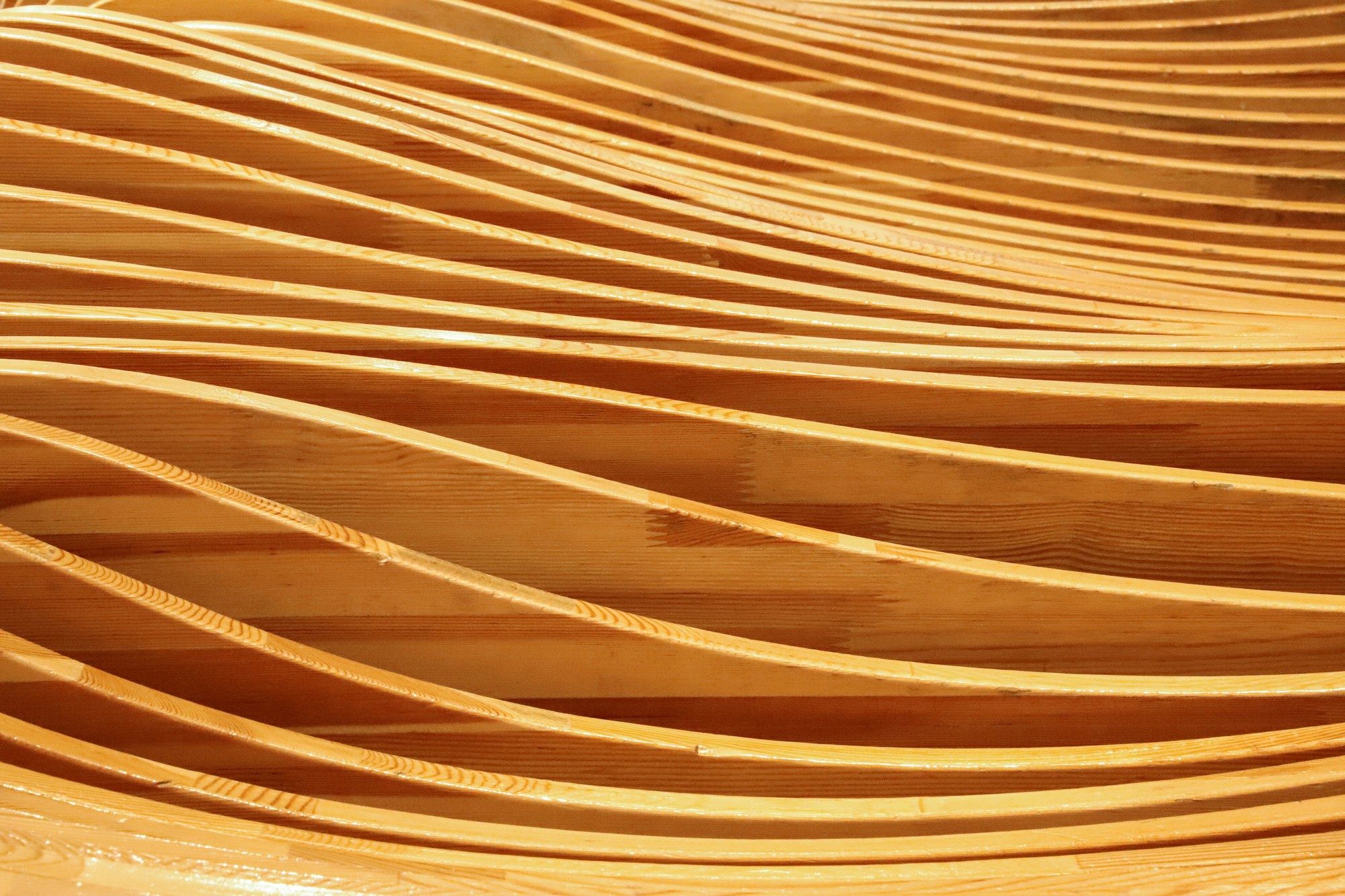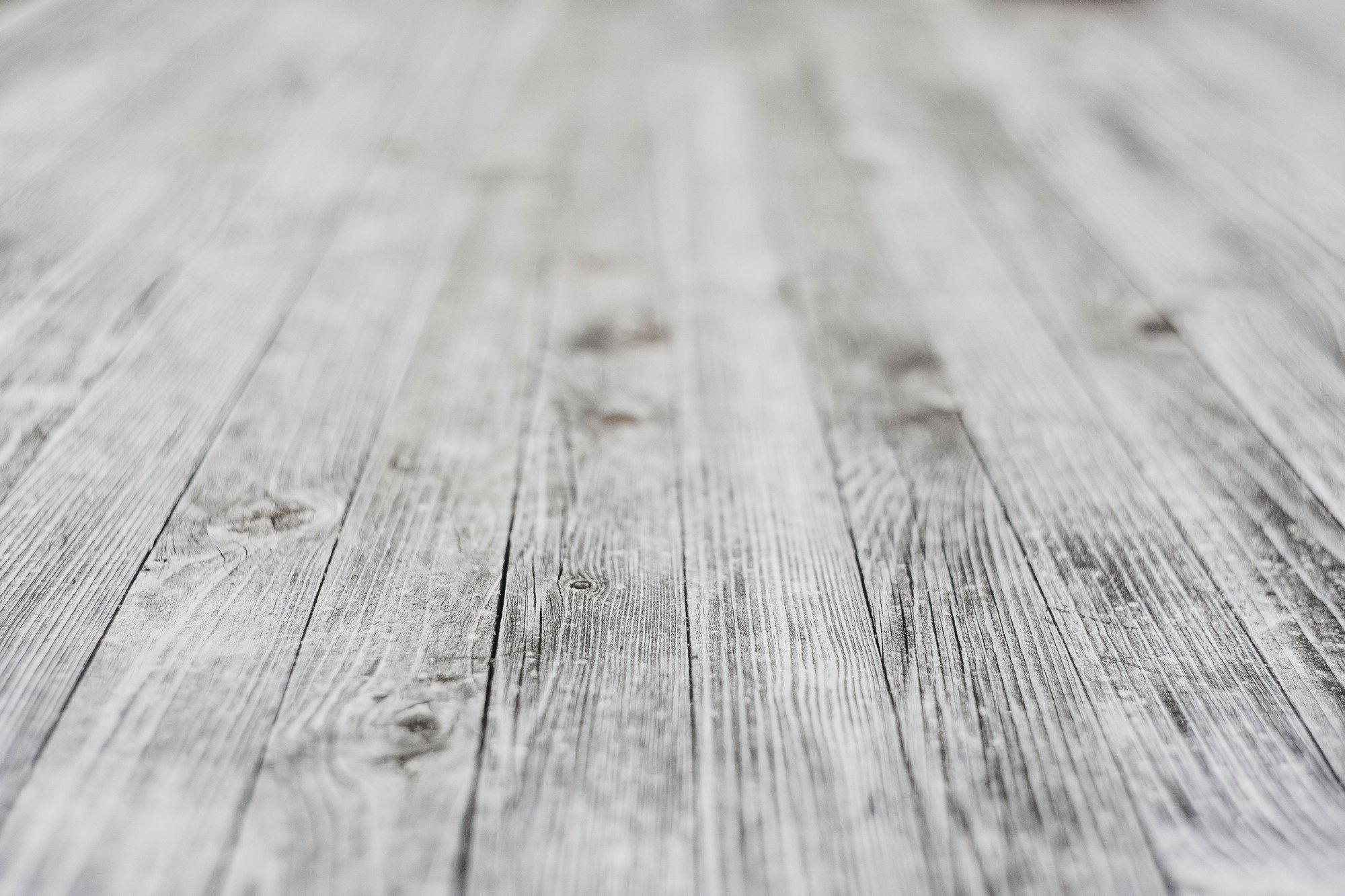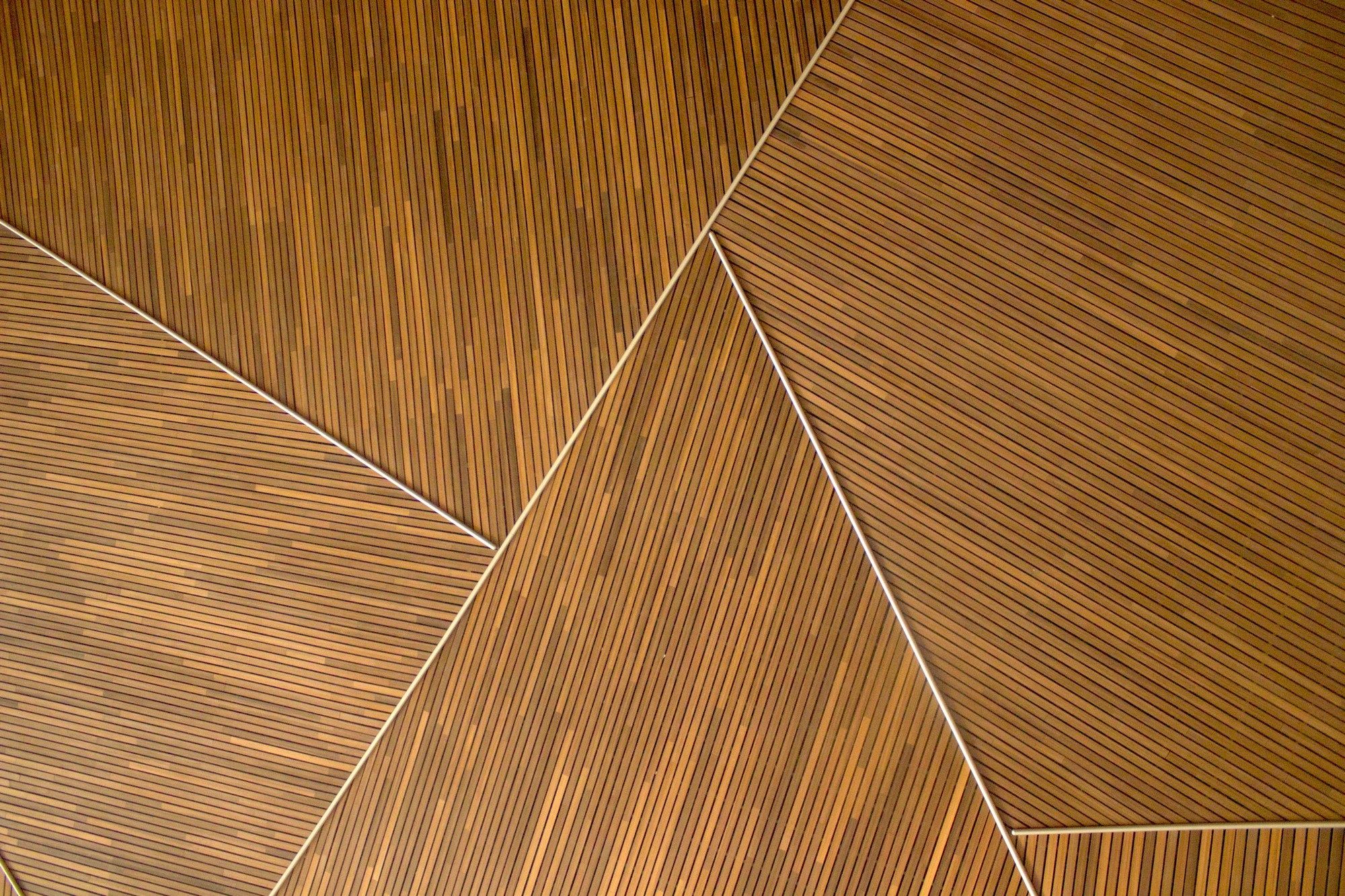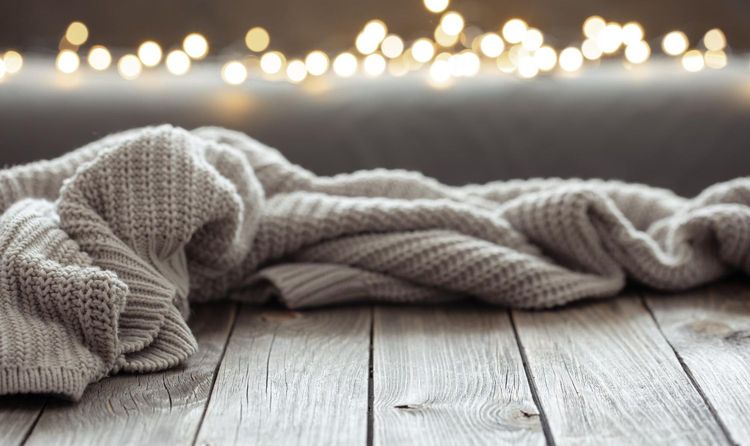What Is the Janka Hardness Scale and Why It Matters for Your Floor

Imagine dragging your kitchen table across the floor – does the thought make you wince? Or picture your energetic dog's claws clicking excitedly down the hall – will your floors survive unscathed? The answer often lies hidden in a single number: the Janka Hardness Rating. Understanding this scale is crucial for selecting wood flooring that stands up to your life.
What Exactly is the Janka Hardness Scale?
Think of the Janka Scale as the universal benchmark for measuring wood's resistance to wear and denting. Developed by Austrian-born researcher Gabriel Janka in 1906, it quantifies how hard a wood species is. The test itself is surprisingly straightforward but effective:
- The Process: A precisely sized steel ball (0.444 inches in diameter) is pressed into a sample of the wood.
- The Measurement: The force required to embed the ball exactly halfway into the wood's surface is recorded.
- The Result: This force, measured in pounds-force (lbf) in the US or Newtons (N) internationally, is the wood's Janka Hardness Rating. The higher the number, the harder the wood, and the more resistant it is to surface damage.
Essentially, it simulates the impact of everyday stresses like dropped objects, furniture legs, and foot traffic.

Why Janka Hardness Matters for Your Flooring
Your floors face a constant barrage. High heels, pet claws, moving furniture, dropped toys, and general foot traffic all take their toll. The Janka Rating directly predicts how well a wood species will resist:
- Denting: Softer woods dent more easily under heavy objects or sharp impacts.
- Scratching: Harder woods are more difficult to scratch with sand, grit, or pet claws.
- Wear: Over time, softer woods show wear patterns in high-traffic areas more quickly than harder woods.
Choosing a wood with an appropriate Janka rating for your lifestyle ensures your investment looks beautiful for decades, not just years. It directly impacts long-term maintenance, repair frequency, and overall satisfaction.
Interpreting the Numbers: From Soft to Ironclad
Janka ratings range dramatically. Here's a snapshot to illustrate the spectrum:
- Soft Woods (Under 1000 lbf): Eastern White Pine (380 lbf), Cypress (510 lbf). Best for very low-traffic areas or decorative walls, generally not recommended for mainstream flooring.
- Medium-Hard Woods (1000 - 1500 lbf): Black Walnut (1010 lbf), Cherry (995 lbf), Teak (1000-1150 lbf). Popular choices offering a good blend of beauty and reasonable durability for average households.
- Hard Woods (1500 - 2500 lbf): White Oak (1360 lbf), Ash (1320 lbf), Hard Maple (1450 lbf), Hickory/ Pecan (1820 lbf). Excellent all-around performers for busy homes, handling moderate traffic and activity well.
- Very Hard Woods (2500+ lbf): Brazilian Cherry / Jatoba (2350 lbf), Brazilian Walnut / Ipe (3680 lbf), Ebony (3220 lbf). Extremely resistant to damage, ideal for heavy commercial use or homes with large dogs, high heels, or extreme traffic. Exotic species often dominate this range.
Choosing the Right Janka Rating for Your Home
There's no single "perfect" Janka number for everyone. The ideal choice depends on your specific circumstances:
- Household Activity Level: Do you have young children, large dogs, or frequent gatherings? Higher Janka (1500+) is wise.
- Room Usage: Entryways, kitchens, and hallways endure the most wear; opt for harder woods here (1400+). Bedrooms and formal living rooms can use slightly softer options.
- Aesthetics vs. Durability: Softer woods like Walnut or Cherry are stunning but require more care. Harder woods like Hickory or exotic species offer peace of mind but might have a different visual character.
- Budget: Generally, harder woods, especially exotics, come at a higher price point.

Important Considerations Beyond Janka
While crucial, Janka isn't the only factor:
- Finish Quality: A high-quality, durable finish (like aluminum oxide) significantly enhances scratch resistance, acting as the first line of defense.
- Grain Pattern: Woods with pronounced grain variations or distressed finishes can naturally hide minor dents and scratches better than woods with a very uniform, smooth appearance.
- Proper Installation & Maintenance: No matter how hard the wood, poor installation or neglect (like failing to clean grit) will shorten its lifespan. Use furniture pads, keep pet nails trimmed, and clean regularly.
The Bottom Line: Your Key to Flooring Longevity
The Janka Hardness Scale isn't just technical jargon – it's an essential tool for making an informed flooring decision. By understanding what the number means and how it translates to real-world performance in your home, you can confidently select wood that offers the perfect blend of beauty and resilience. Don't gamble on your floors. Use the Janka scale to ensure they remain a stunning and durable foundation for your home for years to come. Investing in the right hardness level upfront saves you from the headache and expense of premature repairs or replacement down the line. Choose wisely, and enjoy your beautiful, hard-wearing floors!



